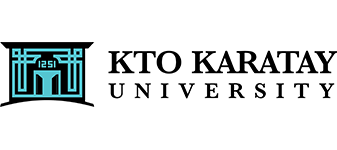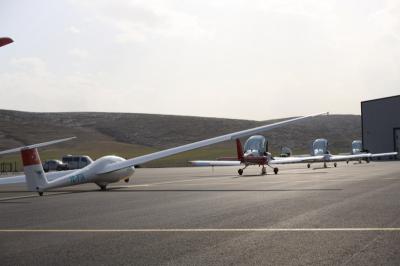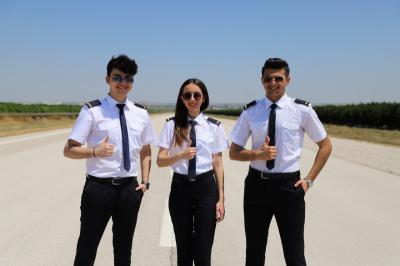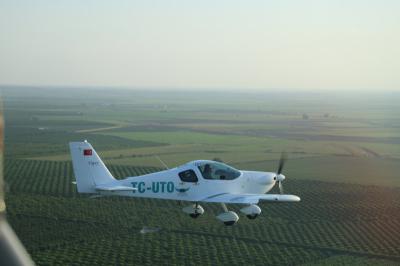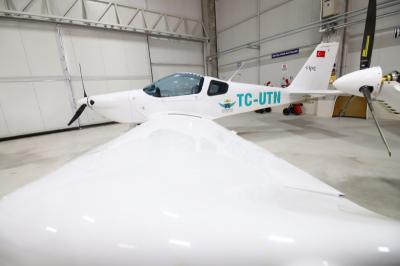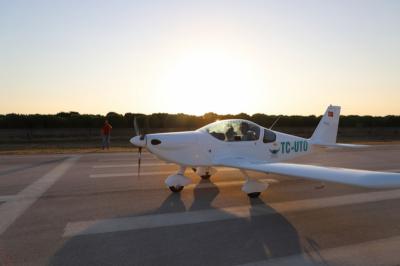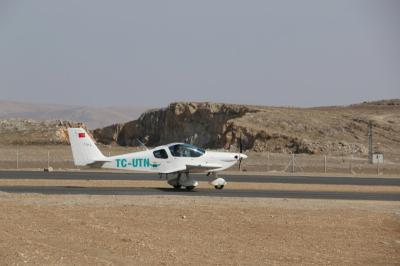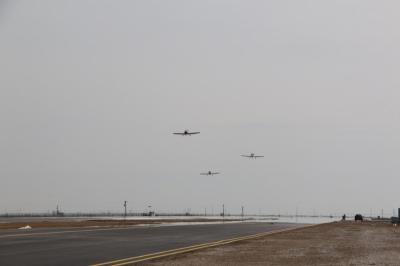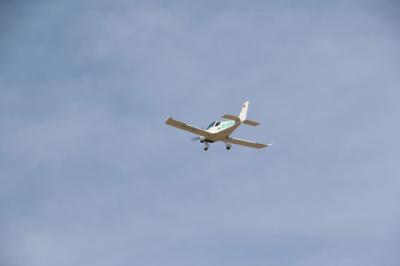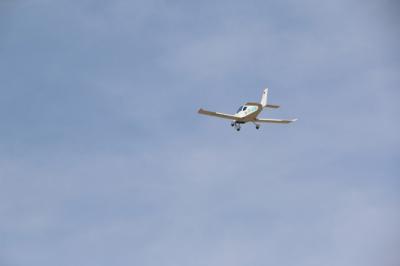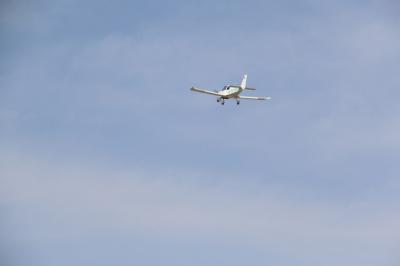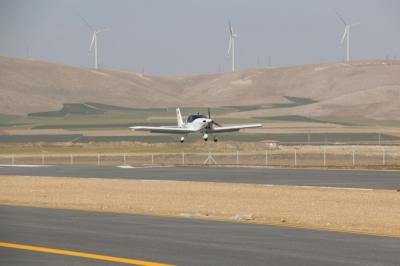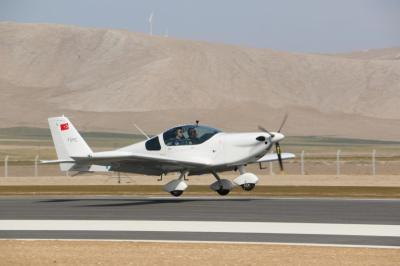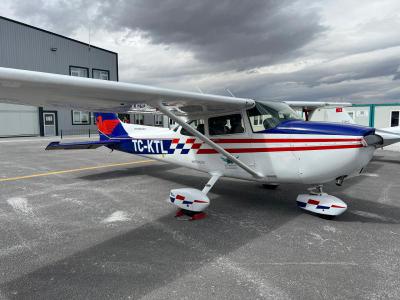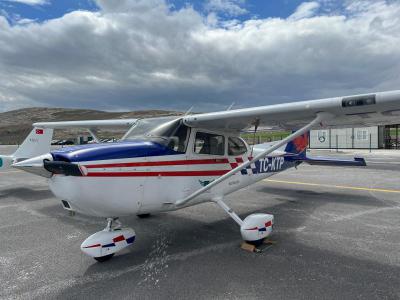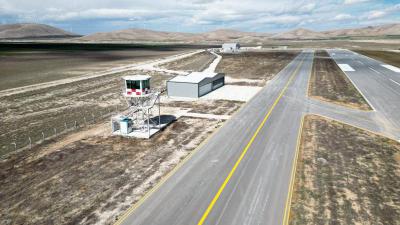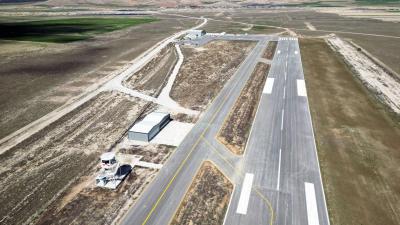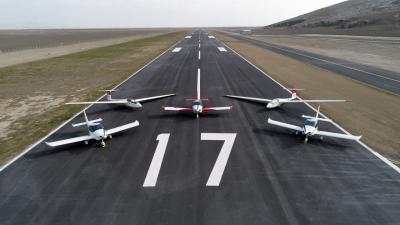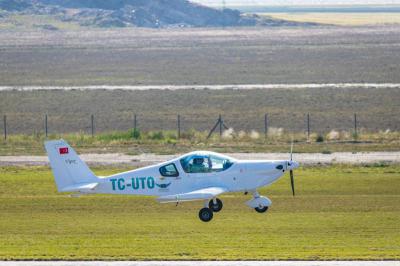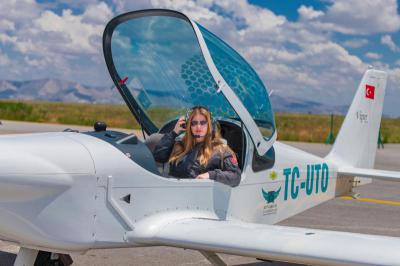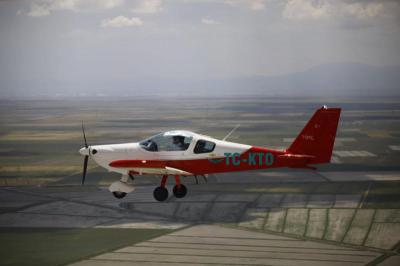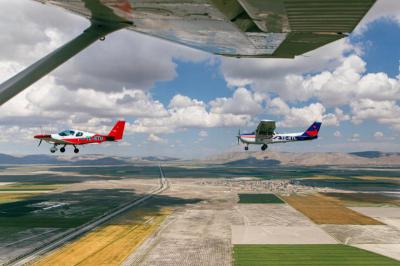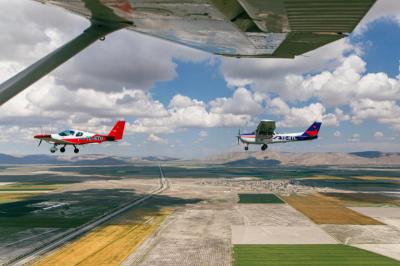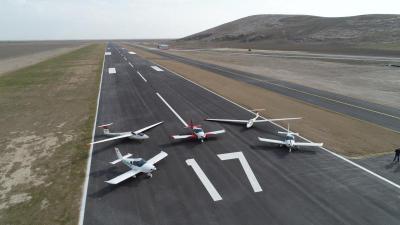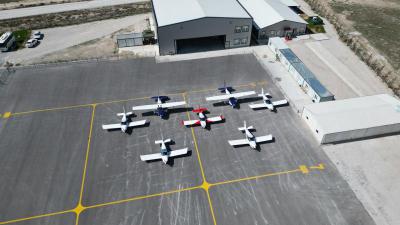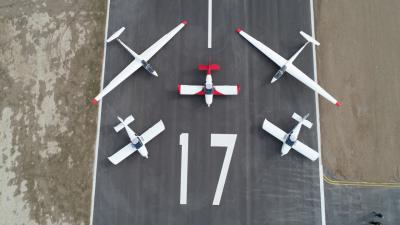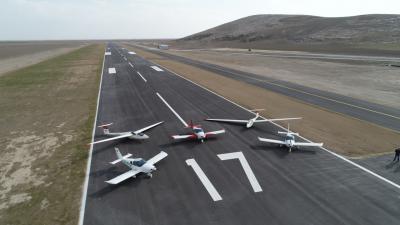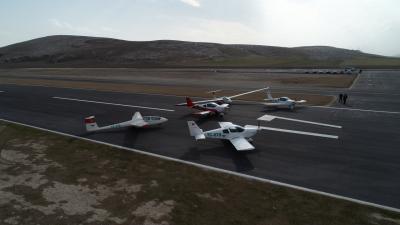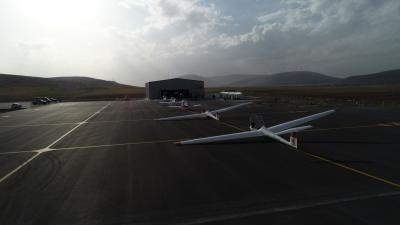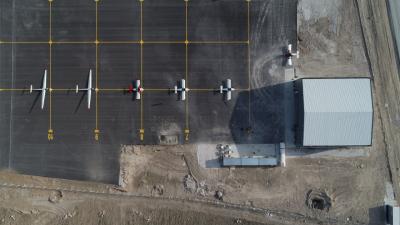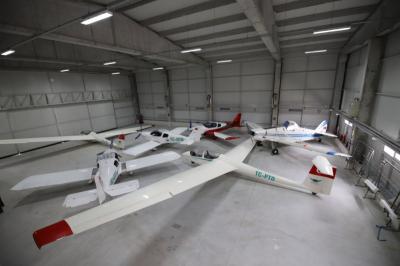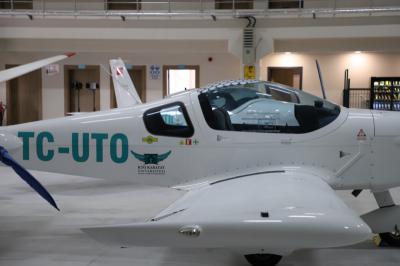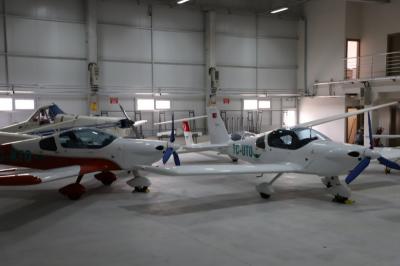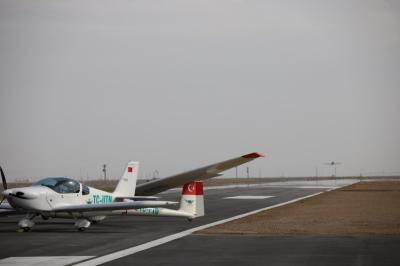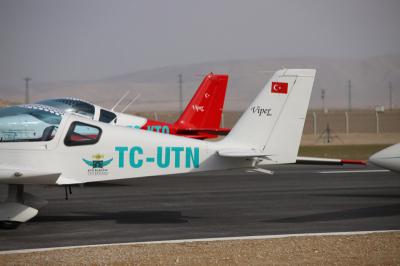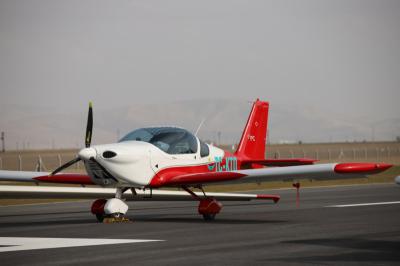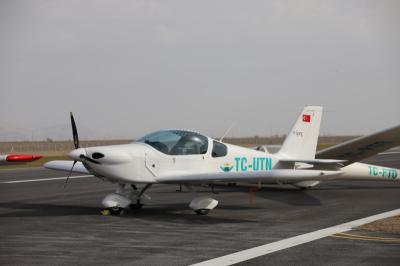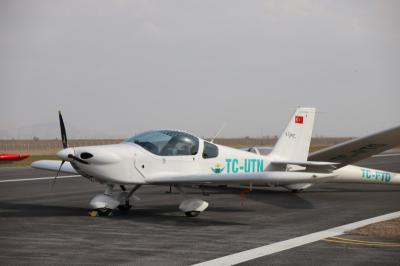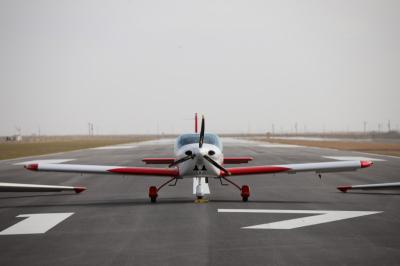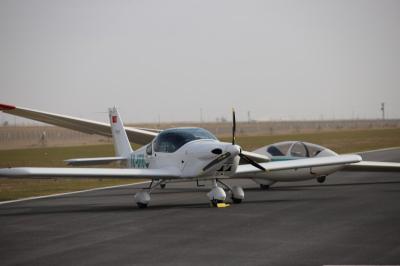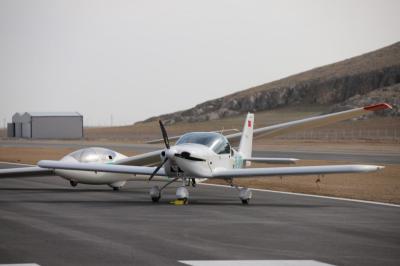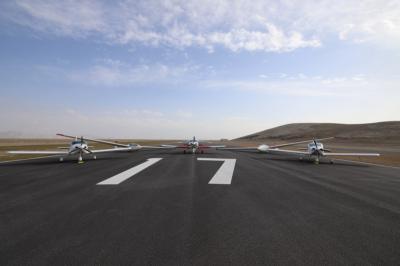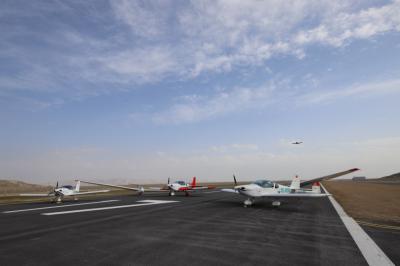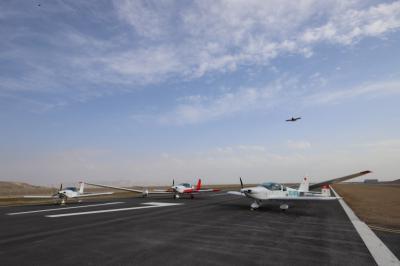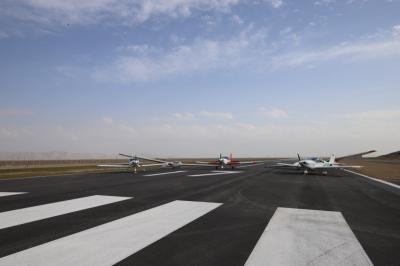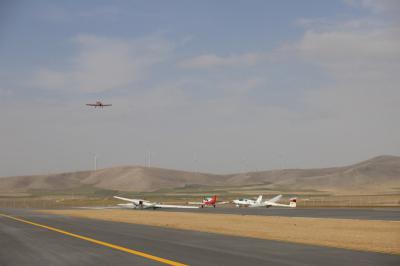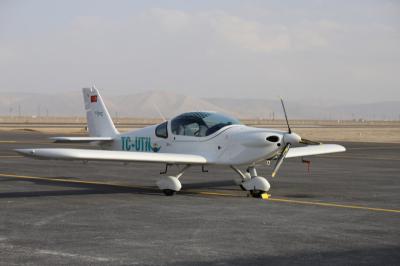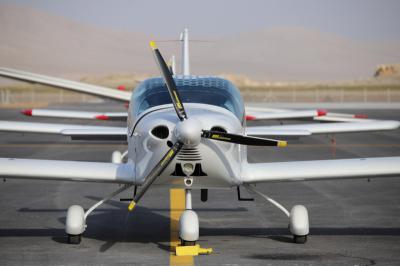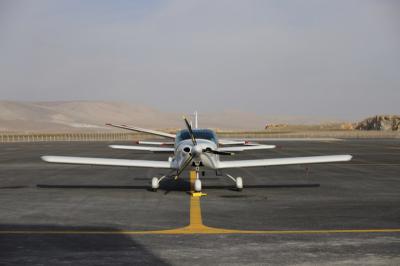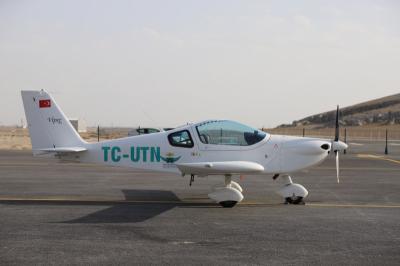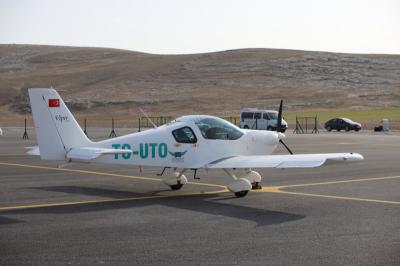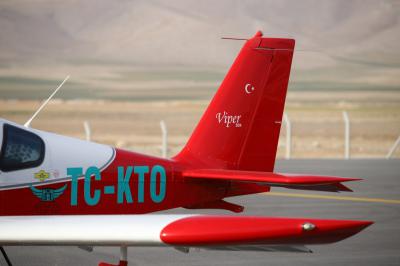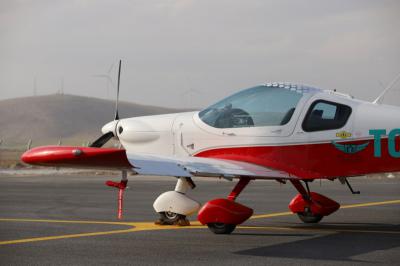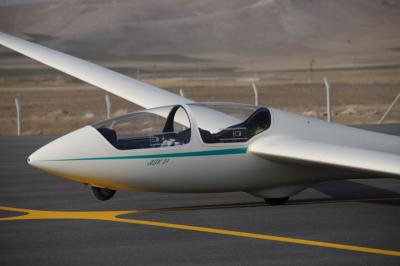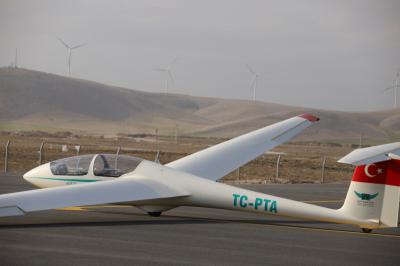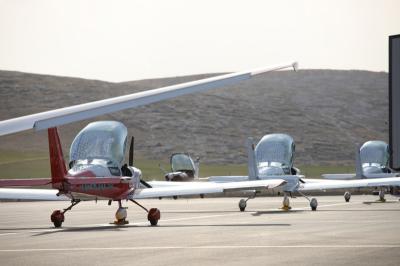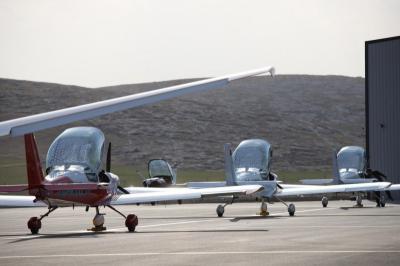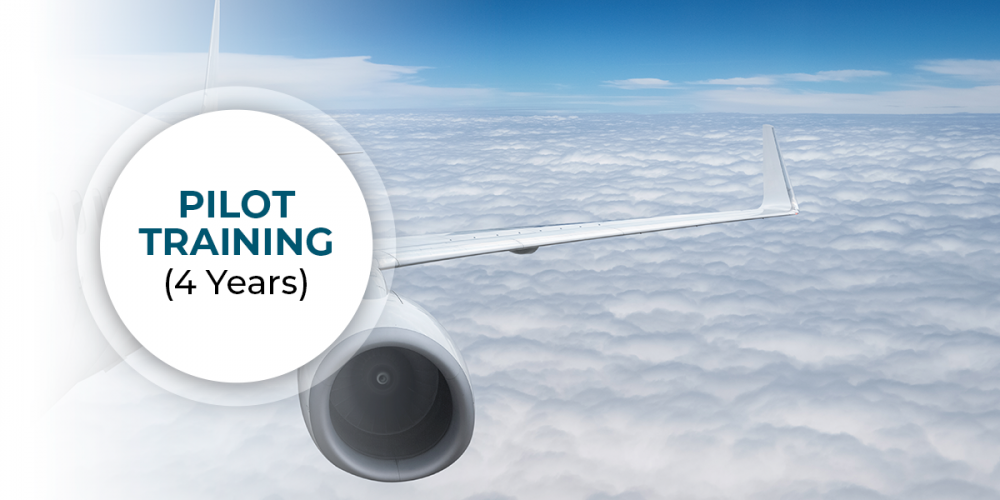
Never give up on your dreams. Click here to apply for the pilotage department.
Program Profile
KTO Karatay University, the only university in Turkey that provides glider training, trains pilots with their own aircraft, runway, and maintenance center. It produces well-trained pilots for the industry.
KTO Karatay University prepared a training program to fill the professional pilot gap in the national and international arena and to strengthen the aviation sector with the most equipped young pilots. During the 4-year undergraduate education, we prepare future pilots with an interdisciplinary curriculum following modern aviation rules.
Phases of Aviation Training
Glider Training and License (SPL)
A glider is defined by the Fédération Aéronautique Internationale (FAI) as "an air vehicle without a heavier engine than air, capable of gliding in the air by creating a lifting force thanks to its fixed-wing structure''. Flying with gliders is older than an engine assisted flight, and it is the most crucial part of our basic training. Glider training helps our students reach an expert level regarding the command skills of an aircraft. Our students start with glider training, and at the end of their first academic year, all of them get their SPL before flying with single and multi-engine aircraft respectively.
PPL (A)
This training consists of theoretical lessons not less than 100 hours in total and 46 hours of 30-minute flight training. Upon completion of the training, all students are required to a flight test supervised by the Turkish Directorate General of Civil Aviation after which students are entitled to receive the Private Pilot License.
NVFR
Students awarded with a PPL (A) license are required to have a 5-hour night flight with a single-engine aircraft to become a commercial pilot.
PIC
PIC (Pilot in Command) flight means flying on board as a responsible pilot. The airline pilot candidates have to complete 100 hours of PIC flight in total. Pilot training students can fly up to 6 hours per day. After 50 hours of PIC training, students are allowed to start IR (Instrument Rating) training.
ATPL (Airline Transport Pilot License)Theoretical Training
This phase of training consists of advanced theoretical lessons that a pilot holding a PPL must take to engage in any commercial activity and work for an airline company. ATPL Theoretical Training takes approximately 7 months during the 4-year training period. The student must participate in all theoretical lessons.
Students do tests for each course (14 courses in total) delivered by the General Directorate of Civil Aviation and are required to achieve at least a 75% success rate. They have the right to take any of these assessments 4 times at most. Additionally, a student must sit the first exam within the first 12 months after the completion of theoretical training. And all exams must be taken within 18 months after the first exam.
IR (A) Instrument Rating Training
Students completing the 50-hours PIC flight start IR instruction and which aims to teach how to fly an aircraft safely using the indicators and auxiliary navigation devices inside an airplane. IR training is an indispensable part of the whole education to become an airline pilot.
IR (A) training starts with a 35-hour simulator flight. These flights are recorded in the flight log, just like regular airplane flights. At the end of the simulator, training students are asked to fly an airplane for 15 hours to see whether they can apply what has been taught.
ICPL (Integrated Commercial Pilot Licence) Training
Pilot training students who successfully complete the IR Training phase are allowed to take the ICPL Training. This phase of training blends Private and Commercial Pilot Licences, the Multi-Engine and Instrument Ratings into a thorough training program.
ME (Multi-Engine) Training
At this stage of training students acquire the skills necessary to fly a multi-engine aircraft. ME phase starts with simulator training. ME training consists of 11 hours of flight and 2 hours of control flight. Candidates successful in the control-flights qualify for the multiple engine license.
Career Opportunities
Pilot Training graduates can easily find a job at all national and international airline companies and businesses. They can work as flight instructors as well at flight schools.
Course List
Please click here to reach the course list of the Pilot Training

